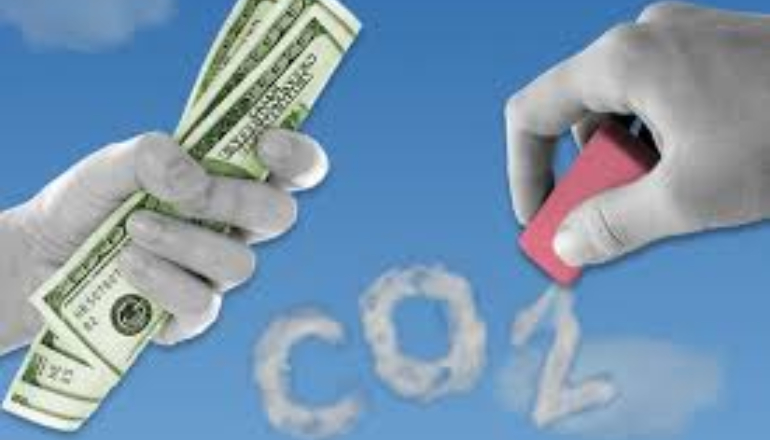A recent Oxford University study published in Carbon Management supports a new “Carbon Removal Budget” as a strategy to combat climate change.
The proposed solution would align with the Carbon Budget, which sets the global limit on the safe release of CO2 emissions.
This includes more cutting-edge solutions like biochar and technologies that directly capture and store carbon, as well as more conventional techniques like reforestation and planting trees to reduce carbon emissions.
There are, however, limitations on the availability of carbon removal. Certain techniques for eliminating carbon dioxide, for instance, necessitate large amounts of land and substantial energy consumption, the researchers noted.
They argued that carbon removal is crucial for achieving “net zero” emissions. But it’s not in unlimited supply or free to produce, requiring permanent removal and neutralization.
Some key questions:
According to the authors, carbon removal budgets can help to answer several urgent questions.
- How much carbon removal is needed and when?
- What methods for carbon removal should be prioritized?
- What impediments exist to the different types of removal supply and how can we overcome them?
- Critically, how should we allocate the finite, even if growing, carbon removal supply between different countries, companies, and financial institutions?
“Embedding carbon removal budgets into decision-making is necessary for an effective response to climate change. It will become an essential part of net zero transition plans, whether for countries, companies, or financial institutions,” noted Dr Ben Caldecott, the Lombard Odier Associate Professor, University of Oxford Smith School of Enterprise and the Environment and lead author.
Author’s notes:
Dr Caldecott said the Carbon Removal Budget is a mechanism to value and allocate finite carbon removal capacity for global temperature goals. This is similar to the Carbon Budget, ensuring fair and effective global distribution.
He said, “For example, it is not clear why a fossil fuel company should be using carbon removal when there are ways to reduce its emissions today? Especially when we need to preserve removals for future emissions that are extremely hard or impossible to eliminate.”
Dr Injy Johnstone, Research Fellow, Oxford Sustainable Finance Group and co-author said, “Carbon removal is a scarce resource, one which not all countries or companies have the same capacity to develop and deploy, meaning we need a Carbon Removal Budget to help equitably manage both supply and demand.”
He said that companies like Microsoft are investing in carbon removal, while many other countries are considering integrating it into existing compliance emissions trading or tax regimes to drive demand.

